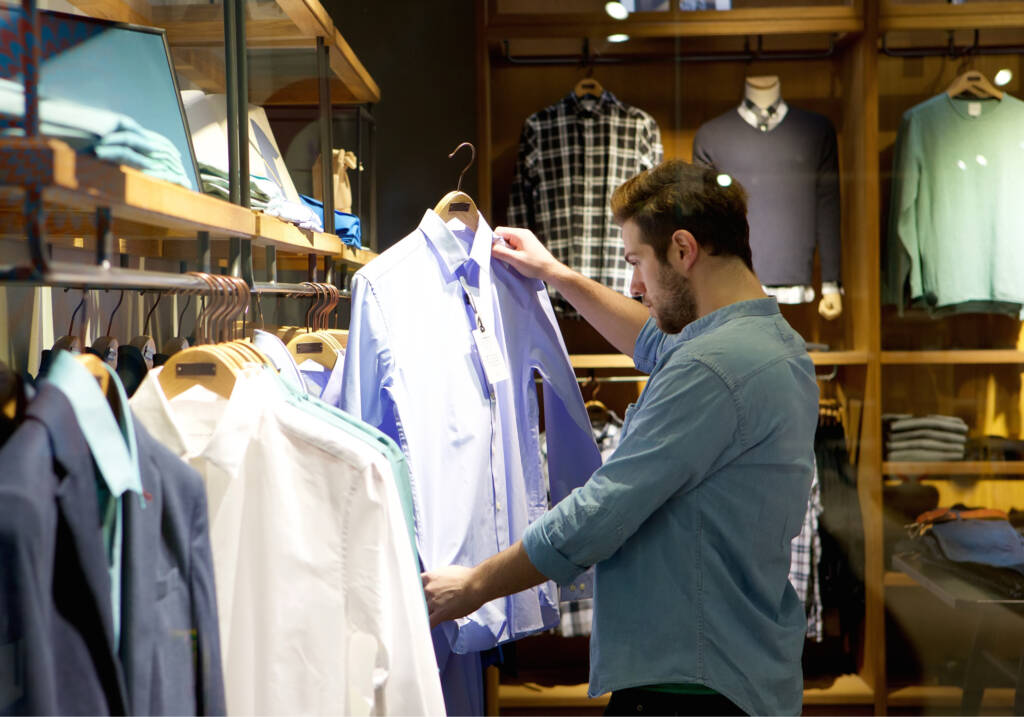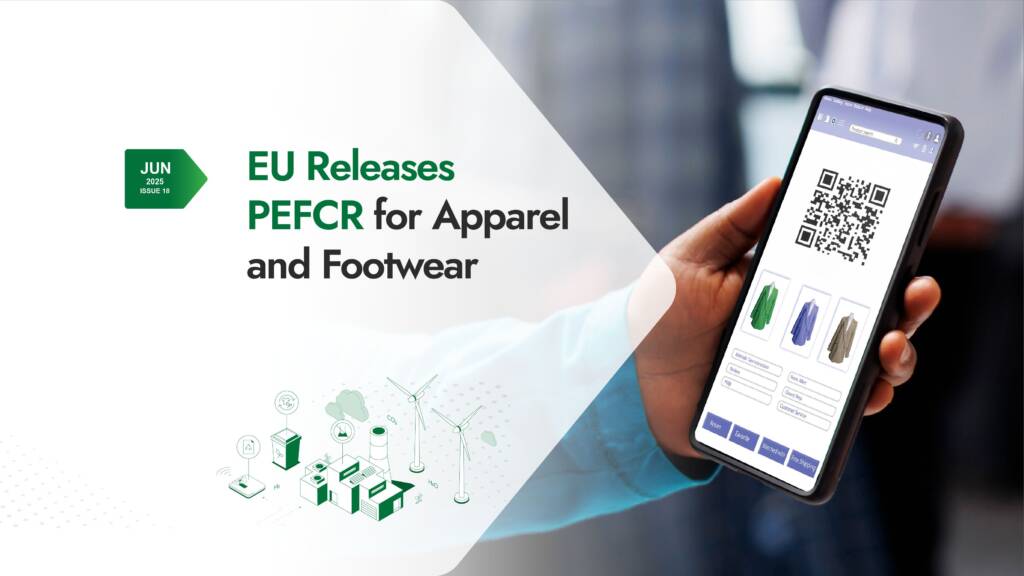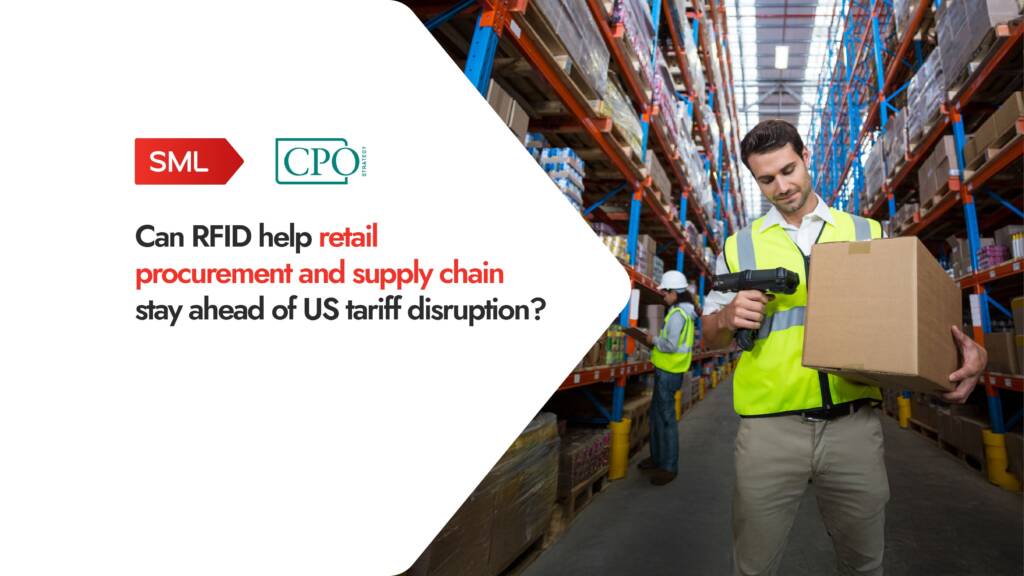Why retailers must not forget sustainability in the current climate
As one of the hardest-hit sectors throughout the pandemic, retail has had to adapt and shift its operations in order to survive this new climate – some more successful than others with a record number of stores closing in a single year. In fact, according to CoStar Group, 2020 saw 12,200 retail store closures across the US. In what became a case of adapting to survive, many retailers leveraged new technologies in order to streamline in-store processes, improve customer experiences, and create efficient and cost-effective solutions during a challenging time for the sector.
However, as the sector looks to emerge into a post-COVID landscape, retailers need to quickly refocus on long-term brand strategies and initiatives around sustainability in order to align with consumer expectations and retain brand loyalty.. While the industry was occupied with navigating completely unknown terrain, consumer priorities remained consistent around sustainability and are now a significant factor driving adoption and purchasing decisions. A report by Deloitte that examined changing consumer behaviors found that almost one in three consumers reported having stopped purchasing certain brands or products because of ethical or sustainability concerns.
As retail looks to evaluate what its future will look like, the sector’s environmental impact needs to be a top priority as the focus on ethical and sustainable practices continues.
Long before the pandemic hit, a number of high-profile retailers were already making changes and commitments to their practices. For instance, H&M launched its ‘Conscious’ collection in a bid to make its clothing more sustainable by using up to 50% recycled materials. Additionally, fashion brand Zara announced that all of its clothing and accessories would be made from 100% sustainable fabrics before 2025, marking a significant change for the sector.
In addition to using ethically sourced materials for their products, retailers can also utilize technology to reduce excess inventory which improves their environmental efforts as well as their profit margins. For example, item-level RFID has enabled retailers to increase the accuracy of their inventory from a typical range around 70% to up to 98% accuracy. This improved visibility allows retailers to effectively manage their on-hand inventory and supply chains to improve profitability by reducing overstock.
Once this level of accuracy is achieved and retailers have accurate data at their disposal, they can begin making informed decisions to pivot away from slow moving products and towards what is selling by adjusting manufacturing levels and reallocating product to alternate store sites where it is selling at increased rates. This helps by reducing material resources, transport emissions, and ultimately, what is sent to landfills.
As retailers and brand owners look to future-proof their organizations, sustainability needs to be a subject high on their agenda as they look to be more environmentally balanced. While committing to sustainable materials and resources, retailers should also look at ways that they approach their operations to meet their sustainability goals. Utilizing technology such as item-level RFID to improve inventory accuracy will mean retailers can reflect on their processes at an operational level to address their sustainability policies and also become more profitable along the way.
As we look to emerge into a new era of retail, sustainability is a prominent subject, not just for the fashion sector but also for many industries worldwide. As conversations continue to evolve, retailers need to shift their processes and approaches to remain appealing to their eco-conscious customers, protect their market share, and increase their brand loyalty.
To find out more about how item-level RFID can improve operations to be more sustainable, contact us here info@sml-rfid.com.










